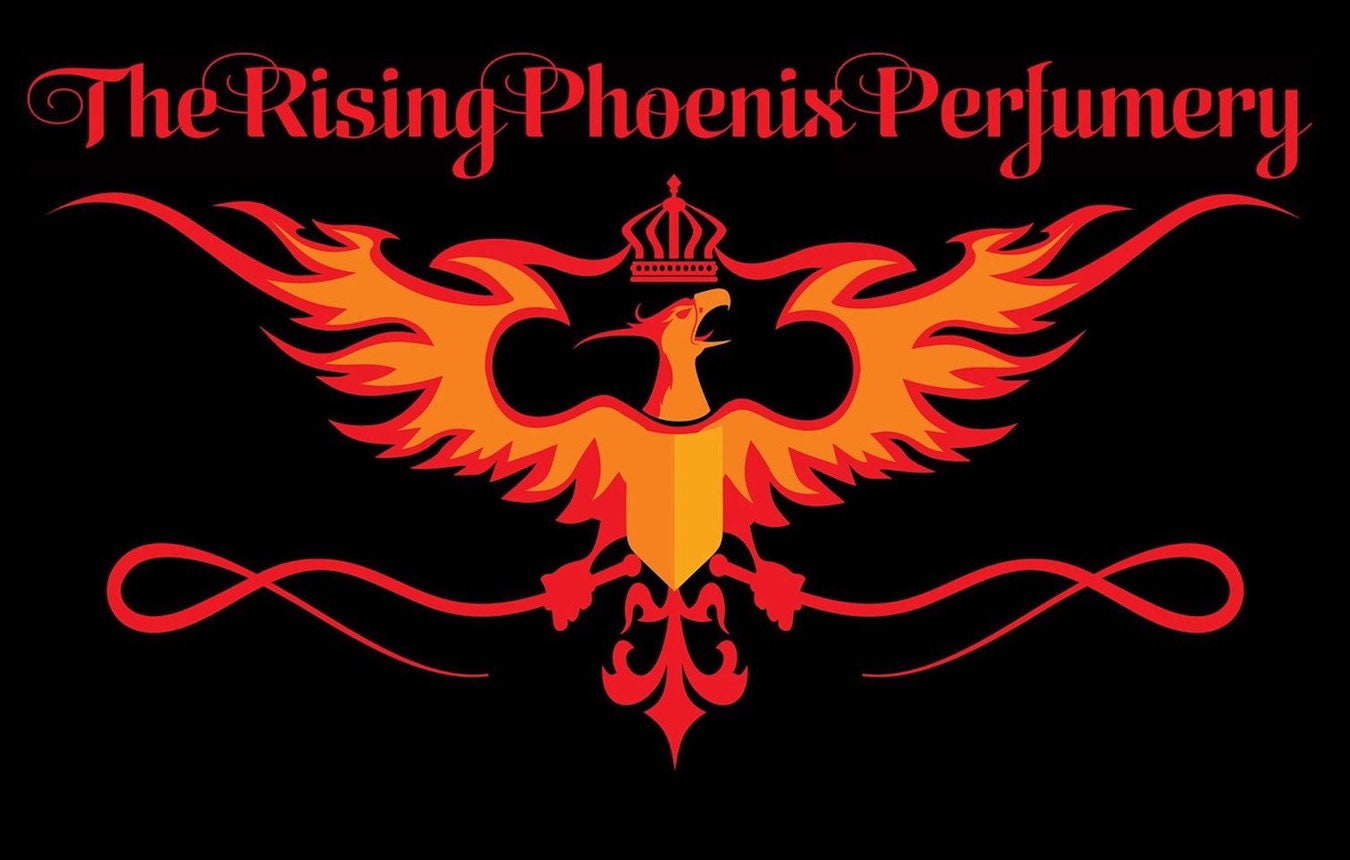1
/
of
2
Rising Phoenix Perfumery
2020 Zafran Attar - Traditionally Distilled Indian Saffron Attar into Sandalwood Oil
2020 Zafran Attar - Traditionally Distilled Indian Saffron Attar into Sandalwood Oil
Regular price
$32.50 USD
Regular price
Sale price
$32.50 USD
Unit price
/
per
Couldn't load pickup availability
I've long loved Saffron, both in food and in fragrance. Billed as the most expensive spice on the planet (vanilla coming in 2nd Place) - we are thankful a little goes a long way.
This is a traditional Indian Attar of Saffron. I've tried quite a few, and been disappointed again and again. I'm quite happy with this one, and I'm sure you're going to love it as much as I do!
*Produced from Indian Saffron hydro-distilled into Indian Sandalwood.
Before listing it, I had included some samples in some packages and have heard back from quite a few folks :
"This is the best Saffron I've ever smelled - why isn't it in the shop?"
"It has so much more zing than everything else I've smelled."
"I've tried saffron from a few places and they are all flat."
"Yours has so much more depth and sparkle"
Needless to say ... lots of positive feedback!
Use this in your own fragrance compounding. Add some to Sandalwood or Oud. Layer it. Pair it with other Florals. Wear it as-is! However you feel you want to use it, and you'll be on the right track!
Personally, I wear it neat, or with a good punchy Hindi Oud. Beauty in Simplicity.
"The Secret History of the World's Priciest Spice
Saffron has a long and colorful history. You may be surprised by how it is made.
Saffron is the most expensive spice in the world, going for up to $25 per gram—and with good reason. It comes from the dried bright orange-red stigmas of the flower Crocus sativus.
But before you go digging up your spring crocus, know that this variety is special because it’s a triploid: it can’t grow in the wild or reproduce without human intervention. The gorgeous purple flower is painstakingly propagated and harvested by hand, and only on the morning it blooms. The more careful the cultivation, the higher the price.
Iran produces 85 percent of the world’s saffron, according to the UN Food and Agriculture Organization, thanks to its relatively dry, sunny climate and the agricultural knowledge passed down through generations of farmers. It likely was first discovered in Bronze Age Greece, yet it now grows throughout Europe and Asia.
Saffron is as old as time. Cleopatra was said to bathe in saffron-infused mare’s milk before seeing a suitor. “Saffron was used to dye the woolen bolero jackets worn by Minoan women; also in cosmetics, where it was mixed with red ochre, tallow, and beeswax to make lipstick,” says John O’Connell in The Book of Spice: From Anise to Zedoary. Medieval monks found that mixing a primitive glue of egg whites and saffron created a yellow glaze that could stand in for gold in the production of their manuscripts.
And I dare you to make a Spanish paella or a Persian pilau without the metallic zing and day glow yellow punch of saffron. Same for dozens of styles of fish stew, yeasted rolls, cakes, and pies found around the world.
Saffron still evokes affluence and elegance in any dish. Luckily, a tiny bit goes a long way."
(Sadly, I can't say more than that here - be sure to read the article in the link below to learn more)
Exerpt taken from : https://www.nationalgeographic.com/culture/article/history-origin-of-saffron-spice-iran
**Great video on Saffron to watch there, as well.
Materials: Zafran Attar,Saffran Attar,Traditional Indian Attar,Distilled Zafran Saffron Attar,Rising Phoenix,Sandalwood Oil,Kashmiri Saffron,Traditional Indian Oil,Deg and Bapkha,Natural Perfumery,Essential Oil,Aromatherapy Oil
This is a traditional Indian Attar of Saffron. I've tried quite a few, and been disappointed again and again. I'm quite happy with this one, and I'm sure you're going to love it as much as I do!
*Produced from Indian Saffron hydro-distilled into Indian Sandalwood.
Before listing it, I had included some samples in some packages and have heard back from quite a few folks :
"This is the best Saffron I've ever smelled - why isn't it in the shop?"
"It has so much more zing than everything else I've smelled."
"I've tried saffron from a few places and they are all flat."
"Yours has so much more depth and sparkle"
Needless to say ... lots of positive feedback!
Use this in your own fragrance compounding. Add some to Sandalwood or Oud. Layer it. Pair it with other Florals. Wear it as-is! However you feel you want to use it, and you'll be on the right track!
Personally, I wear it neat, or with a good punchy Hindi Oud. Beauty in Simplicity.
"The Secret History of the World's Priciest Spice
Saffron has a long and colorful history. You may be surprised by how it is made.
Saffron is the most expensive spice in the world, going for up to $25 per gram—and with good reason. It comes from the dried bright orange-red stigmas of the flower Crocus sativus.
But before you go digging up your spring crocus, know that this variety is special because it’s a triploid: it can’t grow in the wild or reproduce without human intervention. The gorgeous purple flower is painstakingly propagated and harvested by hand, and only on the morning it blooms. The more careful the cultivation, the higher the price.
Iran produces 85 percent of the world’s saffron, according to the UN Food and Agriculture Organization, thanks to its relatively dry, sunny climate and the agricultural knowledge passed down through generations of farmers. It likely was first discovered in Bronze Age Greece, yet it now grows throughout Europe and Asia.
Saffron is as old as time. Cleopatra was said to bathe in saffron-infused mare’s milk before seeing a suitor. “Saffron was used to dye the woolen bolero jackets worn by Minoan women; also in cosmetics, where it was mixed with red ochre, tallow, and beeswax to make lipstick,” says John O’Connell in The Book of Spice: From Anise to Zedoary. Medieval monks found that mixing a primitive glue of egg whites and saffron created a yellow glaze that could stand in for gold in the production of their manuscripts.
And I dare you to make a Spanish paella or a Persian pilau without the metallic zing and day glow yellow punch of saffron. Same for dozens of styles of fish stew, yeasted rolls, cakes, and pies found around the world.
Saffron still evokes affluence and elegance in any dish. Luckily, a tiny bit goes a long way."
(Sadly, I can't say more than that here - be sure to read the article in the link below to learn more)
Exerpt taken from : https://www.nationalgeographic.com/culture/article/history-origin-of-saffron-spice-iran
**Great video on Saffron to watch there, as well.
Materials: Zafran Attar,Saffran Attar,Traditional Indian Attar,Distilled Zafran Saffron Attar,Rising Phoenix,Sandalwood Oil,Kashmiri Saffron,Traditional Indian Oil,Deg and Bapkha,Natural Perfumery,Essential Oil,Aromatherapy Oil
Shipping & Returns
Shipping & Returns
Share




